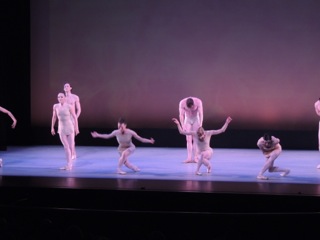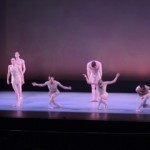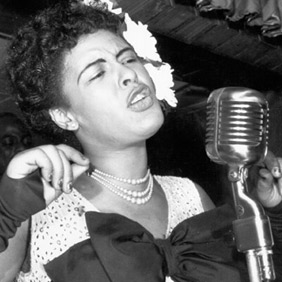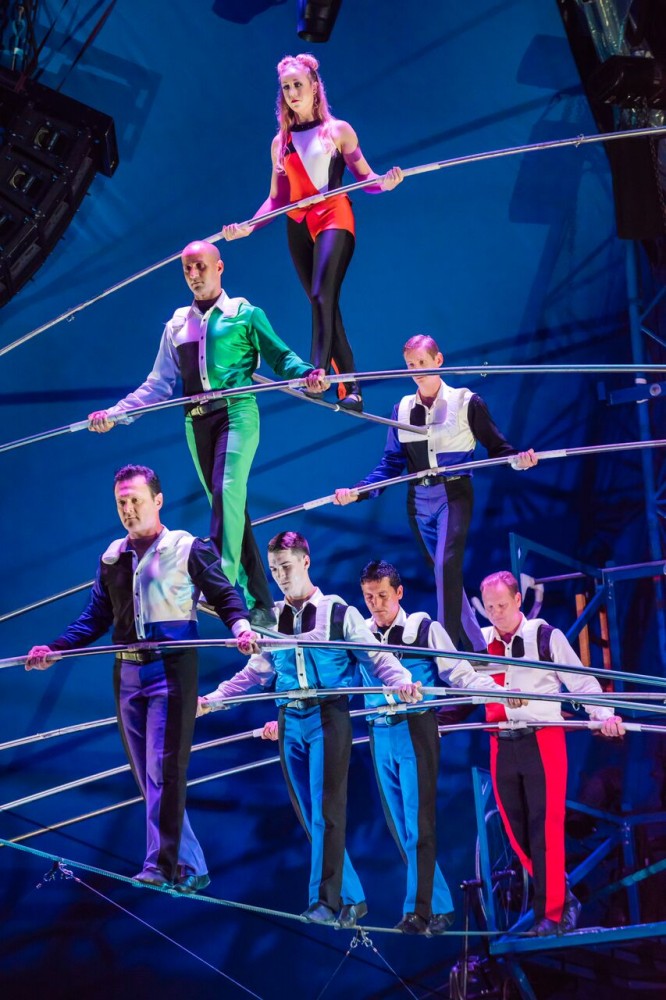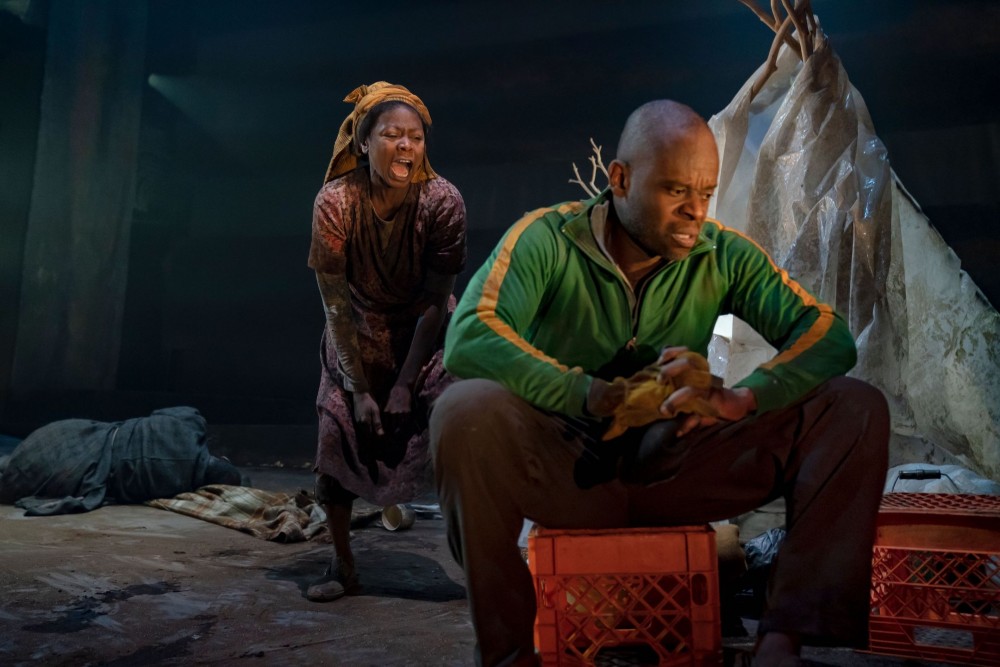by Joel Benjamin
Why in the world create a new dance company in a world teeming with them? In the case of Tom Gold, formerly an outstanding soloist with the New York City Ballet, he clearly felt that he had something to say and the organizational savoir faire to get it said. His company, TomGoldDance, had a two performance mini-season at the Gerald Lynch Theater. The program consisted of three new works choreographed to three distinctive scores. Judging solely on the evidence of these works, Mr. Gold does have a handle on the craft of choreography, but not the art. He has an aptitude for choosing great subject matter and appropriate scores, but lazily produces only set movement patterns of pretty, easy on the eye movements.
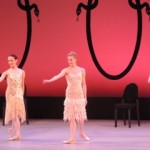

“The Ladies’ Room,” to Debussy piano music played excellently by Joseph Mohan in the pit, places the three ladies of the title in an old fashioned powder room antechamber beautifully evoked by the art nouveau frames and beautiful chairs designed by Ted Porter. The three ladies, Nicole Graniero, Luciana Paris and guest artist Sterling Hyltin, all impeccably attired in 1920s style dresses, all pale and laden with decoration, enter and dance about prettily like the three muses. Each has a solo that appears to express some deep problem. One might be pregnant; one lonely; and the third betrayed although it is difficult to tell from the steps given them. Only their pained expressions and simple mimed gestures are clues. “The Ladies’ Room” makes casual use of the exquisite Debussy music.
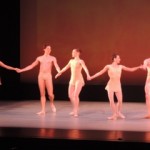

Mr. Gold knows how to make his dancers look good and he’s working with obviously skilled and experienced performers, but he tends toward the obvious, making his point with gestures rather than fine tuning his movement palette to suit his subject matter or, for that matter, his music which he treats equally superficially. He doesn’t dig deeply into the undercurrents of his scores, seeming not to hear all the subtleties it has to offer. His movements are more picturesque than deep.
Balanchine speaks volumes as a forlorn figure lies beneath a towering ballerina being rotated slowly on point in “Serenade.” Paul Taylor has a young lady step lightly over the supine body of her beloved only to be engulfed in his extremities. This is how movement makes drama and this is what is lacking in Mr. Gold’s work, at least, as I said, in the three short works he offered at the Lynch Theater.
Aside from the above-mentioned dancers, the company ranks included Marika Anderson, Likolani Brown, Meaghan Dutton O’Hara, Nancy Richer, Daniel Applebaum, Andrew Scordato and the extraordinary Stephen Hanna, formerly of the NYC Ballet. All the dancers were lovely and moved with authority.
TomGoldDance
Gerald Lynch Theater
John Jay College
524 West 59th St. between 10th & 11th Aves.
New York, NY
Tickets:212-279-4200 or www.ticketcentral.com
More Information: www.tomgolddance.com
Photos/Video: Magda Katz


